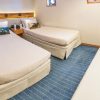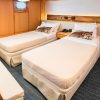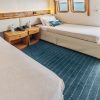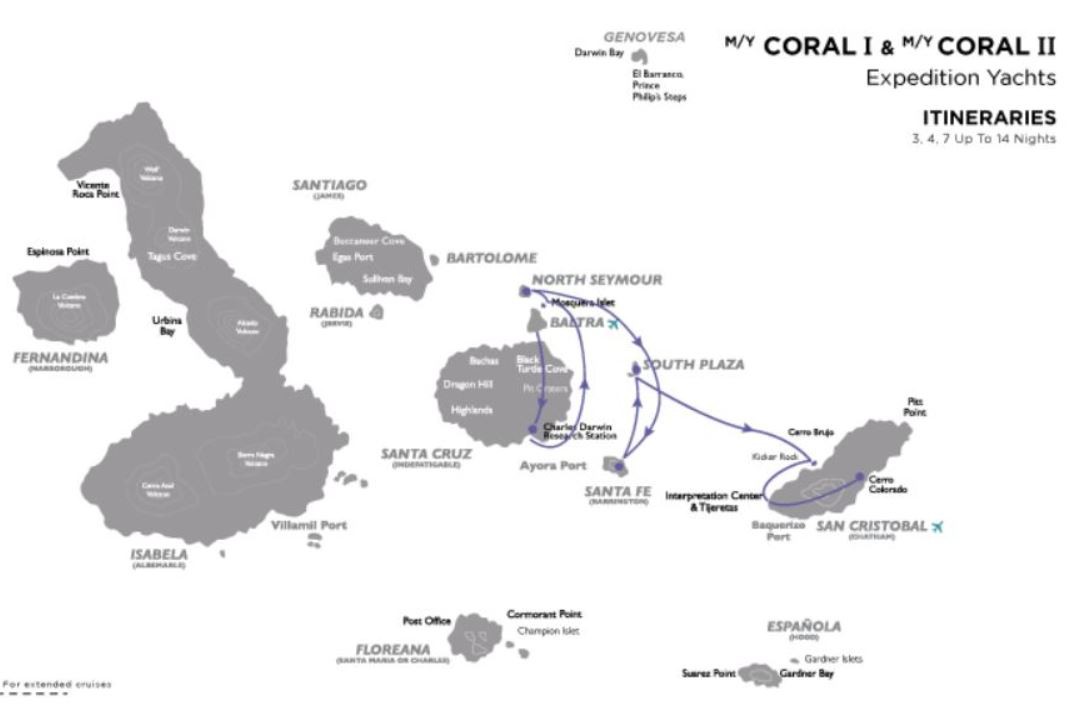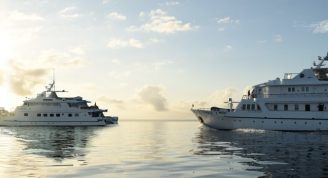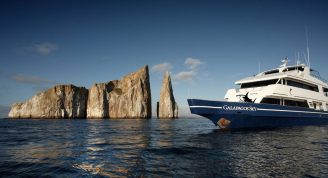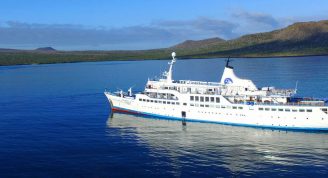Description
South Plaza, an impressive cactus forest surrounded by sea lions, land and marine iguanas; where you can take a lookout for tropicbirds, Nazca and Blue-footed Bobbies, and swallow-tailed gulls. This is the only place on Earth where you will find the Galapagos hybrid iguana.
Trip Name
Galapagos East Cruise C (Coral I & II)
Days
4
Overview
Vessel Type: Yachts
Length: 40m & 24m
Passenger Capacity: 36 & 20
Built: 2005
The sister ships Coral I and Coral II are the perfect combination of classic beauty and exquisite style.
Built in Germany and Holland respectively, each ship surpasses all the standards you would expect from a high-class yacht in order to make your cruise among the enchanted islands extraordinary.
Every cabin features handsome wood decration, along with air-conditioning, a private bathroom, safe deposit box, telephone, and your choice of background music. Additionally, the Corals have plenty of room to relax with three sundecks (some shaded), a Jacuzzi, comfortable dining room and lounge.
To make sure that all the passengers for the Coral I and Coral II have the same experience, both yachts do the same itinerary. For this reason, passengers can be placed on either yacht.



